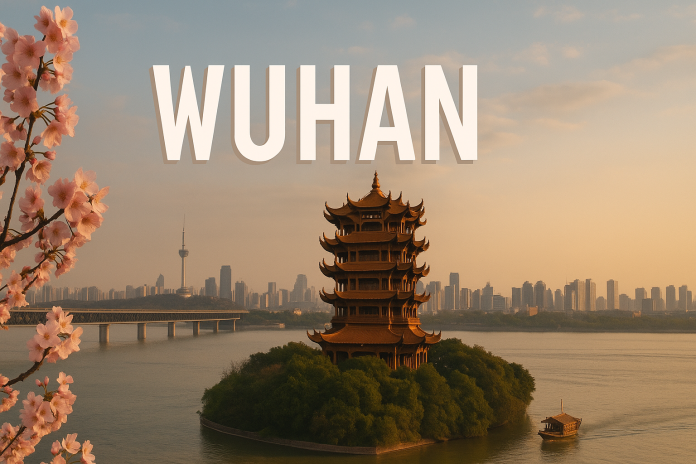Wuhan, located in central China, is the capital of Hubei Province and a key city where the Yangtze and Han Rivers meet. Comprising the three towns of Wuchang, Hankou, and Hanyang, Wuhan is often called the “thoroughfare of nine provinces.” It is not only a major industrial and commercial hub but also a city rich in history — the birthplace of the 1911 Revolution — with over 3,500 years of urban history. Known for its rivers and lakes, Wuhan has 166 lakes and is often called the “city of a hundred lakes.”

Entry & Transportation Planning
- Visa-Free Policy
✅ Until December 31, 2025, China offers a 15-day visa-free entry for ordinary passport holders from 29 countries, including South Korea, Slovakia, Norway, and Finland, for purposes like tourism and business.
✅ At Wuhan Tianhe International Airport, there are multilingual signs (including Korean) and fast-track lanes for visa-free visitors.
- Airport and Train Station to Downtown
✈ Wuhan Airport → City Center
- High-Speed Rail: From the underground Tianhe Airport Station, it’s a 12-minute ride to Hankou Station (~¥7 or ~$1), then transfer to Metro Line 2 to reach central areas.
- Metro: Direct Metro Line 2 runs to Jianghan Road (about 50 minutes).
🚆 Wuhan Station / Hankou Station → Downtown
- Wuhan Station: Take Metro Line 4 directly to the Wuchang area.
- Hankou Station: Use Metro Line 2 to connect to Jianghan Road shopping district.
For reference, check the map of Wuhan or the official Wuhan airport map to plan your routes.
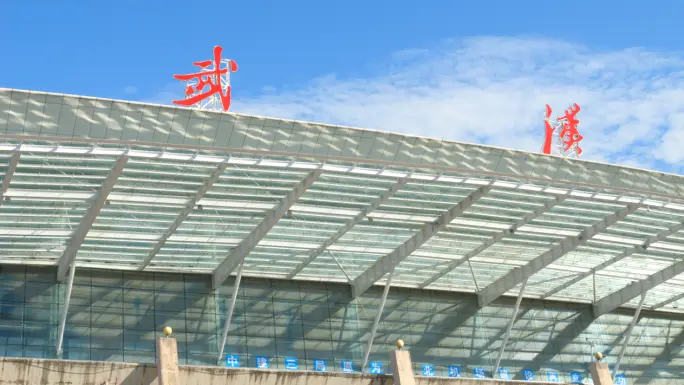
Hotel Recommendations
✅ Prices are for standard double rooms in regular seasons; expect 20–50% higher rates during holidays (e.g., Labor Day, National Day, major exhibitions).
✅ Most upscale hotels provide English communication; budget hotels may need advance notice for foreign guest arrangements.
| Hotel Name | Location | Highlights | Price (USD/night) |
| Renaissance Wuhan Hotel | Wuchang, Xudong Ave | Marriott international, great English service, spacious rooms, excellent breakfast | $110–$165 |
| Marco Polo Wuhan | Yanjiang Ave (Jianghan) | Riverside rooms, perfect for night views and shopping | $125–$210 |
| Wanda Reign Wuhan | Chu River Han Street | Landmark luxury hotel, grand design | $165–$280 |
| New Beacon Intl Hotel | Near Hankou Station | Mid-range, convenient transport, English-friendly | $55–$95 |
| Ramada Optics Valley Wuhan | Optics Valley area | International chain, center of Optics Valley, surrounded by dining and entertainment | $70–$125 |
| Hanting Hotel (various branches) | Near stations, metro | Budget-friendly chain, clean and practical, some English support | $28–$56 |
| Ibis Wuhan Hankou | Hankou business area | International chain, standardized services, high value | $35–$63 |
3-Day Suggested Itinerary
Day 1: Yellow Crane Tower + Gude Temple + Yangtze River Night Ferry
- Yellow Crane Tower
One of China’s Four Great Towers, first built in the Three Kingdoms period (~223 AD), famous for legends and poems (like Cui Hao’s Yellow Crane Tower). Climb for panoramic views of the Yangtze, Tortoise Hill, Snake Hill, and Wuhan’s skyline — a perfect mix of ancient and modern. - Gude Temple
One of Wuhan’s most spiritual Buddhist temples, built in 1921, combining Gothic, Indian, and Chinese architectural styles — called a “fusion religious architectural wonder.” A peaceful, culturally rich spot for foreign visitors to explore Chinese religion. - Yangtze River Night Ferry
Enjoy a romantic evening cruise where the Yangtze and Han Rivers meet. Admire the lit-up Wuhan Yangtze River Bridge and the dazzling lights of the city’s three towns — a magical waterway experience.
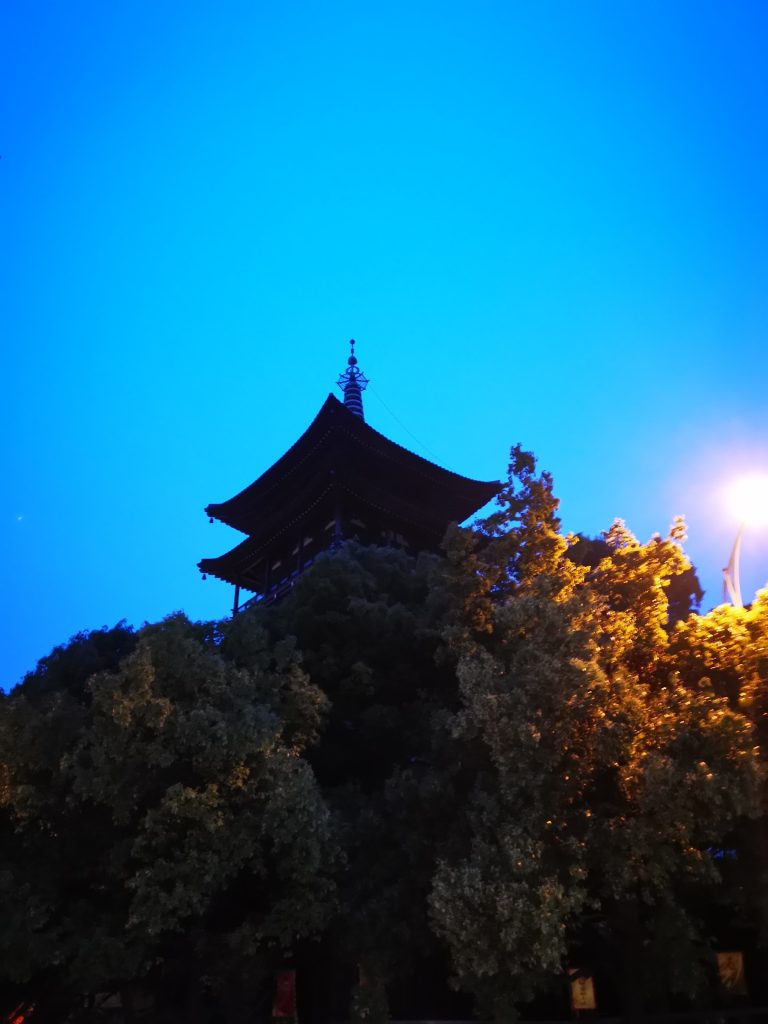

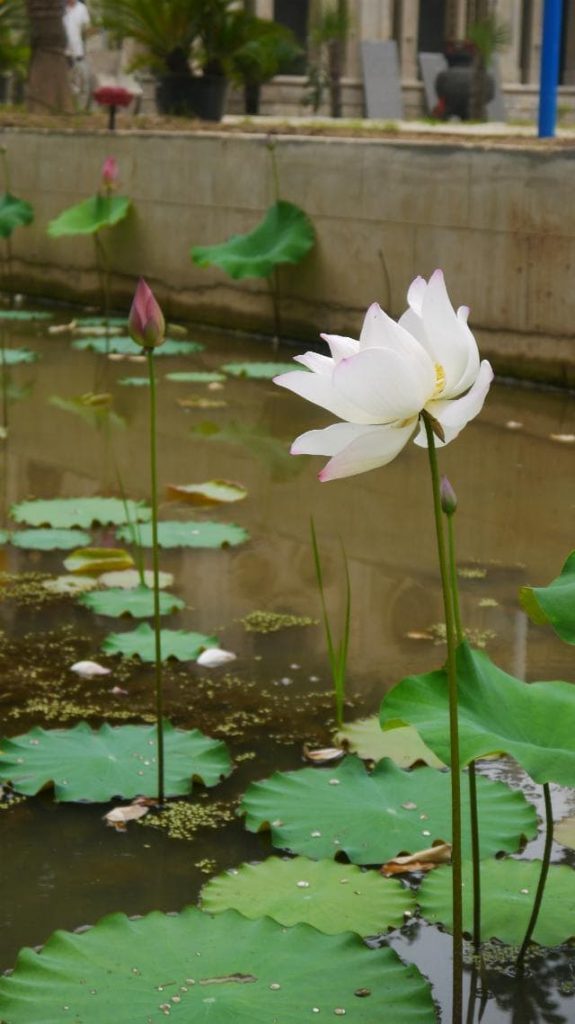
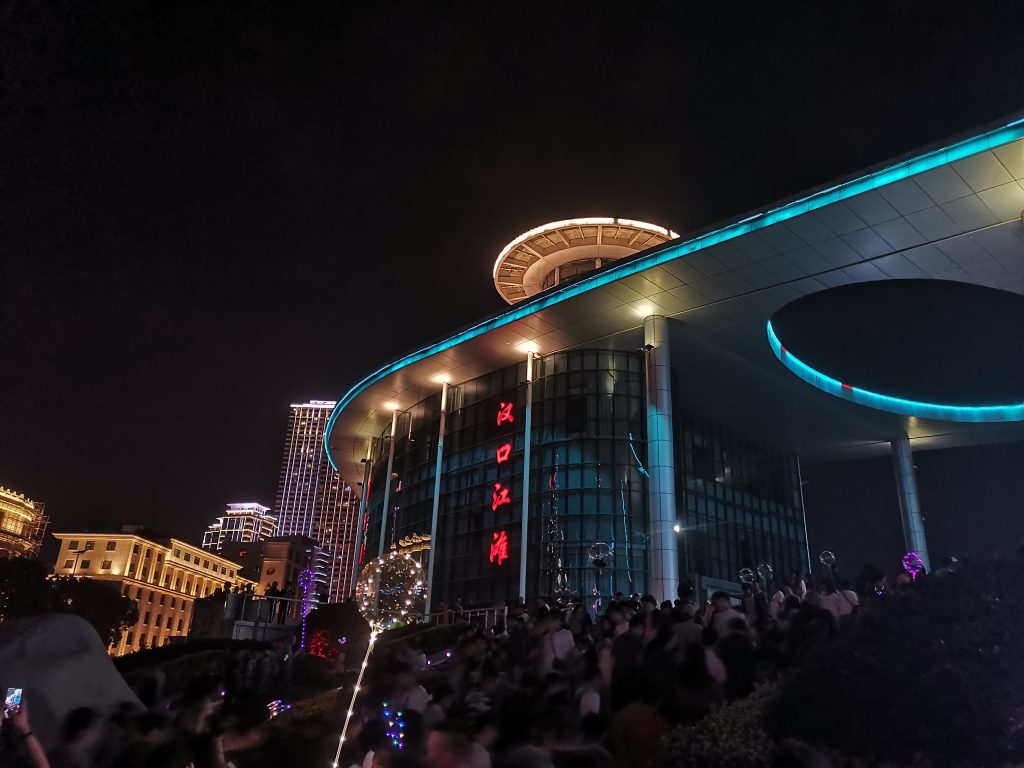
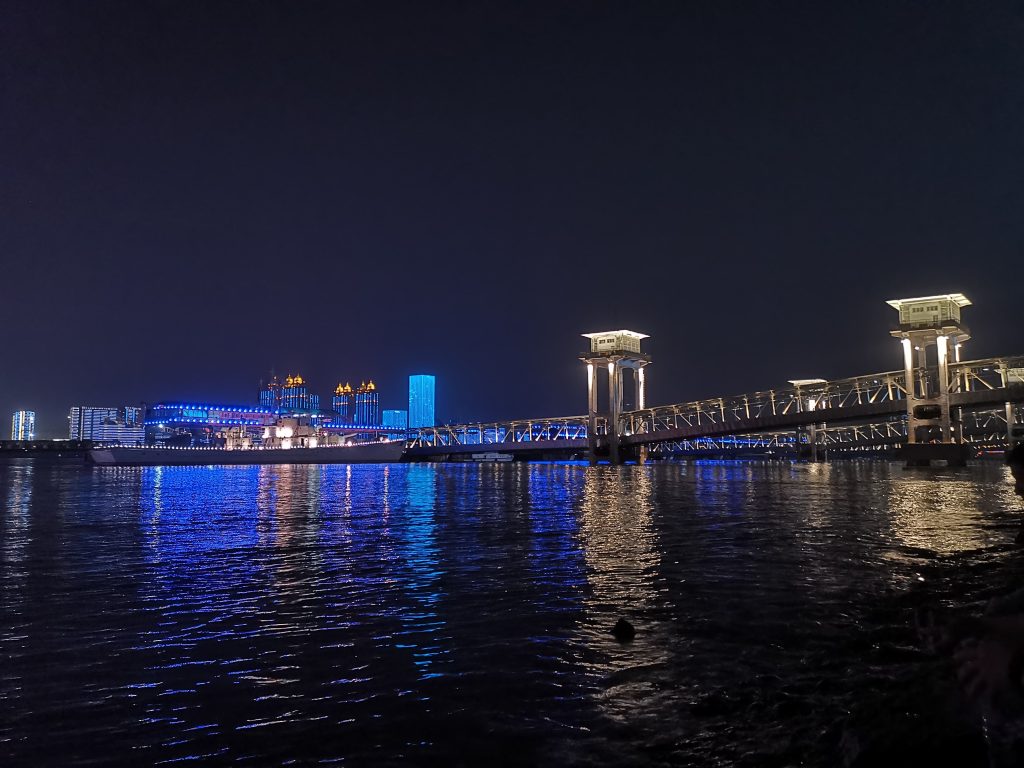
Day 2: Wuhan University Cherry Blossoms + East Lake Greenway + Moshan Cableway
- Wuhan University Cherry Blossoms
From March to April, thousands visit to see the cherry blossoms. Known as one of China’s most beautiful campuses, Wuhan University’s old library, cherry avenues, and historic buildings are perfect for photos and exploring. - East Lake Greenway
China’s largest urban lake, five times the size of West Lake, with a 100+ km scenic trail for cycling and walking. You’ll enjoy stunning lake-and-mountain views all along. - Moshan Cableway
A 1.6 km aerial cableway inside the East Lake Moshan Scenic Area, offering breathtaking lake views. Whether it’s cherry blossoms in spring, lotus flowers in summer, or autumn leaves, the scenery is stunning from above.
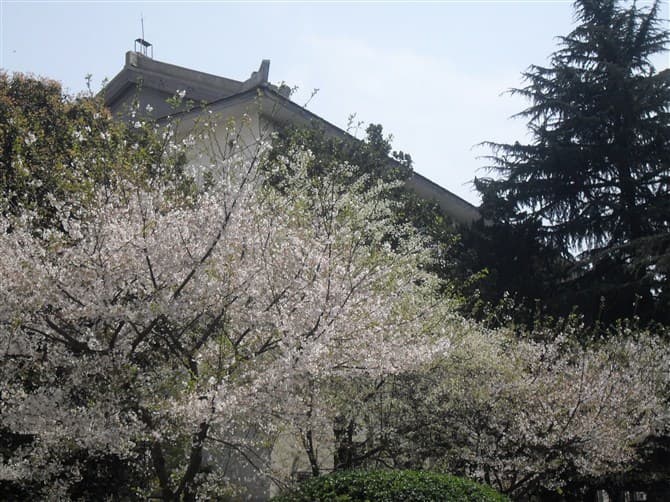

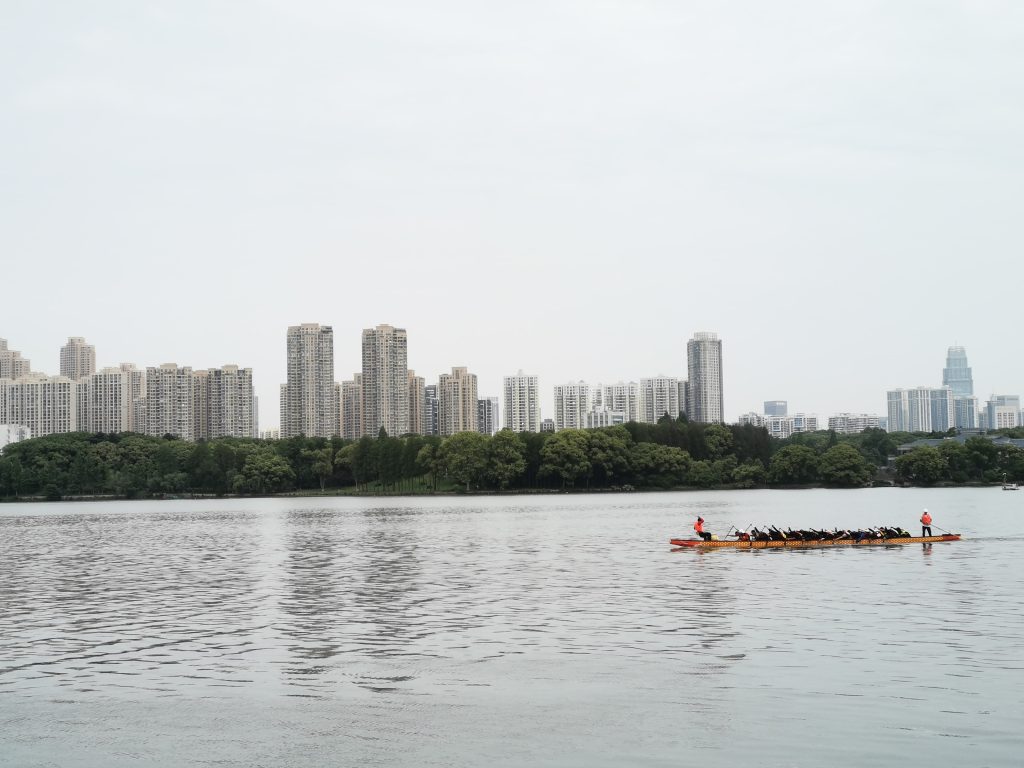
Day 3: Wuhan Yangtze River Bridge + Wuchang Uprising Memorial + Hubei Provincial Museum
- Wuhan Yangtze River Bridge
China’s first combined road-rail bridge over the Yangtze (built in 1957), symbolizing the country’s industrial achievement. Walk or drive across and feel the rush of cars, trains, and the mighty river below. - Wuchang Uprising Memorial (Red Chamber)
On October 10, 1911, the Xinhai Revolution began here, toppling the Qing Dynasty and establishing the Republic of China. History lovers can explore preserved relics and exhibits on modern Chinese history. - Hubei Provincial Museum
One of China’s most important provincial museums, famous for rich archaeological finds, including the Marquis Yi’s chime bells and the Sword of Goujian — a showcase of Chu culture and central Chinese civilization.
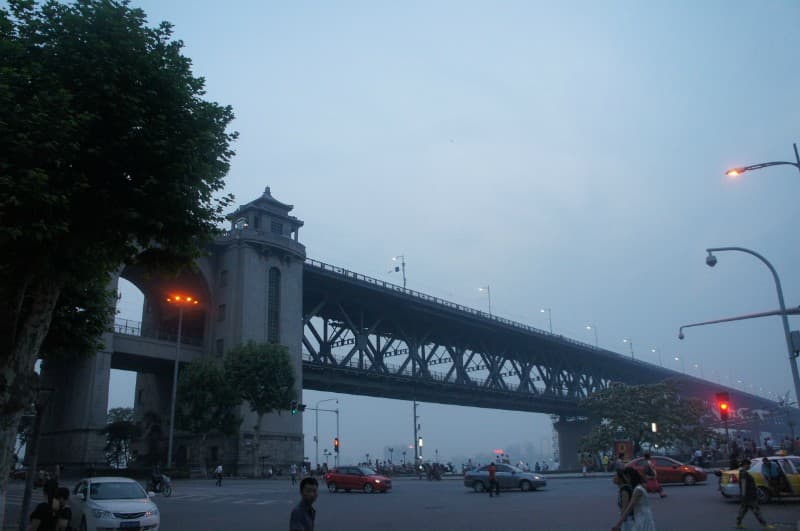
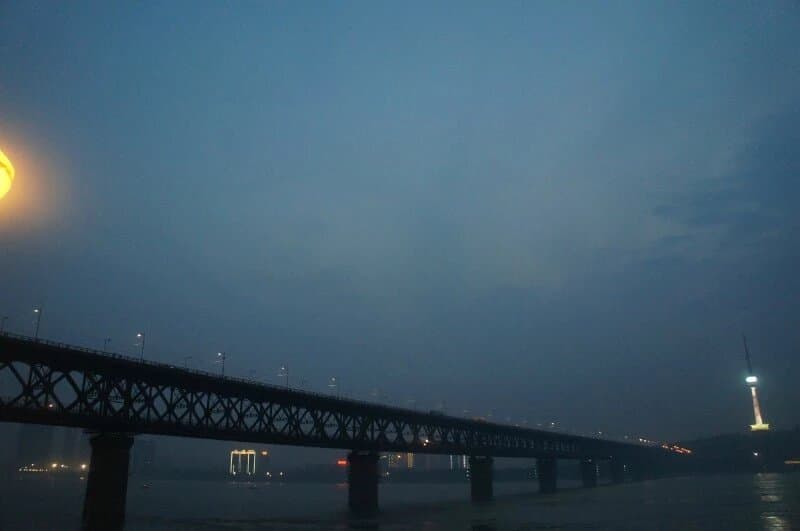
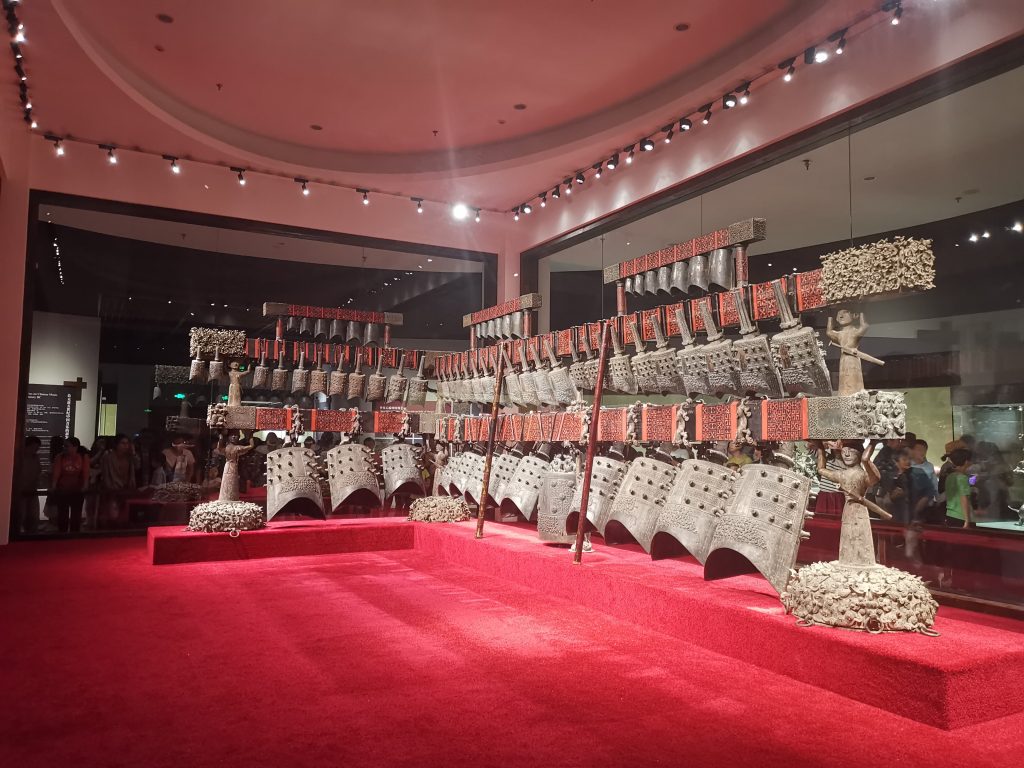
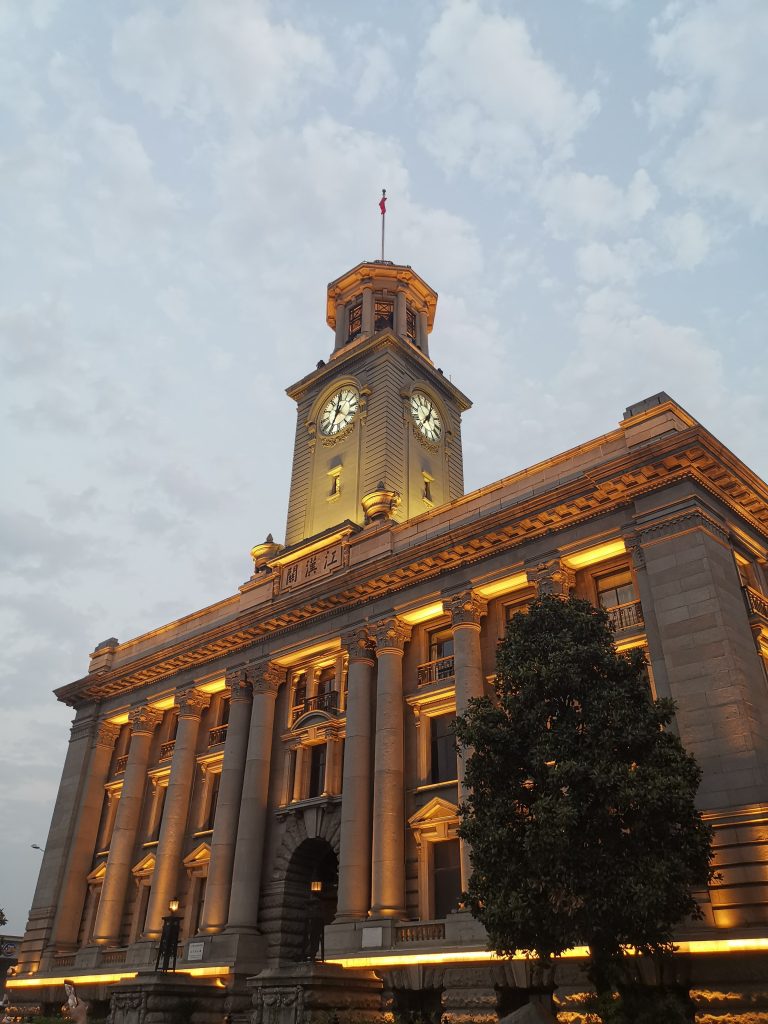
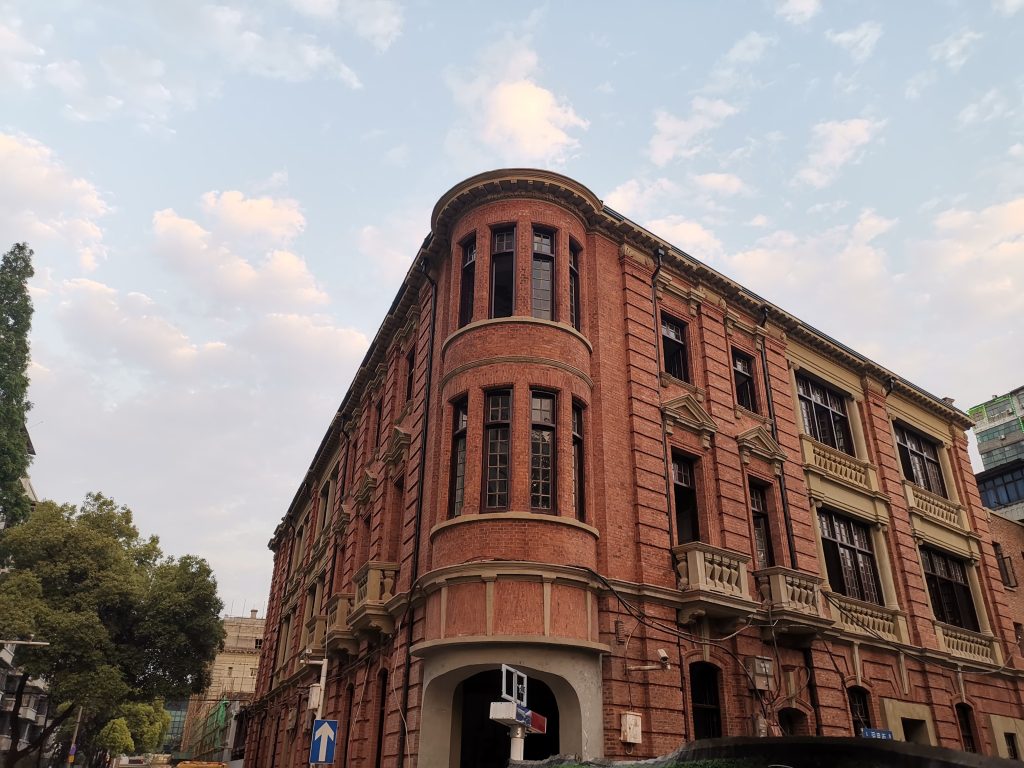
Practical Tips
✅ Best seasons: Spring and autumn, especially for cherry blossoms (March–April) and sweet osmanthus (September–October).
✅ Transportation: Wuhan’s metro network is extensive; taxis and buses are also convenient.
✅ Payment: WeChat Pay and Alipay are popular; download the apps or carry some cash.
✅ Where to stay: Prefer Hankou or Wuchang central areas for easy access to main attractions.
Extra Highlights
- Wuhan Weather: Check current conditions before traveling — summers can be very hot and humid!
- Wuhan Airport: Tianhe International Airport serves many international routes and is connected by metro and high-speed rail.
- Map of Wuhan: Available at hotels, tourist centers, or online apps like Baidu Maps or Google Maps for easier navigation.
- Wuhan WTA Open: Wuhan is home to this major women’s tennis tournament, typically held in autumn.
- Where to Watch Wuhan Open: Matches are usually held at Optics Valley International Tennis Center; check the official WTA website or local streaming services.
Wuhan is a city where ancient charm meets modern vitality, with rich history, scenic lakes, and urban energy. In three days, you can climb Yellow Crane Tower, admire cherry blossoms, enjoy a night boat ride, and explore the East Lake Greenway — each moment a unique experience.
